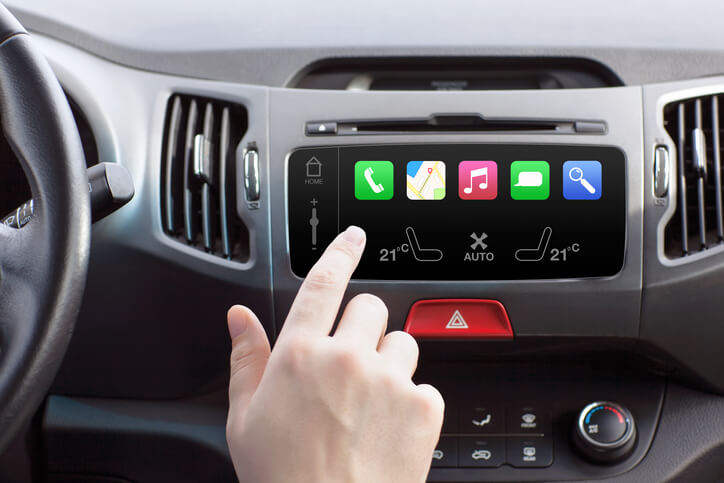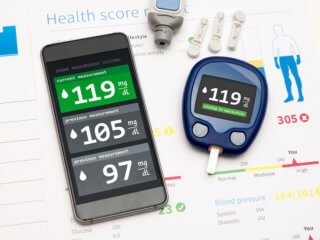Automotive meets medicine to make driving safer for people
Dr. Christian Erik Skobel
Background
- Sudden health-related inability to drive occurs in 0.15-3.4% of all accidents
- Almost 3% of all accidents are based on side effects of medication.
- For evaluation of driving, the Guidelines of the German Department of Motor Vehicles (FEV 1999, 2009) is followed.
- The German Cardiac Society discusses the ability to drive in coronary artery disease with different recommendations.
To drive safely, a person needs a culmination of senses and motor skills. But due to impairment caused by age, a certain degree of risk is involved. Poor sight, seizures, disorientation, arthritis, dementia, hypoglycemia, breathlessness and chronic pain are some of the conditions and side effects which hamper the ability to drive. Thus, automotive meets medicine to judge a driver’s ability to drive by monitoring numerous health parameters.
As part of certain rehabilitation processes for people suffering from cardiac problems, simulators can be used to see whether the driving ability of the patient is up to the safe limit mark.
The future of automobiles is quite intriguing and should incorporate certain aspects related to health care monitoring as well. The use of different types of sensors in a vehicle has great potential, for example, oxygen, blood sugar, breathlessness, sweat, and sleepiness can be monitored and measured through sensor-based systems.
| Recommended for you | |
| Uber enters health care market | |
| Drones in medical supply chain | |
| 300 Innovative digital health startups in India |
Dr. Werner Mohler
The common perception regarding car accidents relate to
- Technical Malfunction
- Problems of Traffic Situations
- Human error and carelessness
Statistically, almost 95% of the accidents occur due to human negligence, error, and misjudgment. A study conducted in 2014 by Bast shows that around 1/4thof the accidents caused have some sort medication involved.
There is a lack of research and government laws on medical influence on driving. For instance, “drowsiness” is considered a significant risk when it comes to driving.
Regarding laws and regulations, the primary focus in policy making is of alcohol, illegal drugs, fatigue, etc.special, particular attention to the state of health or medical burden.
Prof. Dr. Steffen Leonhardt
Medical diagnosis and treatment in a car
The automobile industry has come a long way since its inception and continues to grow at an exponential rate, both technically and by volume. According to a study conducted by Volkswagen, a mere 4% of the accidents are due to medical reasons, but this figure is expected to rise owing to changes in demography.
Demographic changes include an aging population, which results in drowsiness, stress, distraction, and loss of driving capability.
Another driving force in the automobile industry is the development of autonomous driving. This intermediate step will certainly be important with respect to state monitoring and driver health.
Monitoring of Driver State
Monitoring is traditionally done through cabled devices and it includes, stress monitoring, workload monitoring, and vigilance. Driver state monitoring should be unobtrusive and easy to use. The wearable devices should not be wired as it becomes inconvenient for the driver. Furthermore, it should be robust and should take into account motion and environmental changes like light, humidity etc. Some of the projects listed are-
- ECG measurement in the steering wheel: A project for bio-signal measurement financed by Hyundai and Kia Motors.
- ECG measurement through the steering wheel and seat electrodes: A semi capacitive approach from research in Japan.
- Capacitive ECG monitoring in a car: Real time ECG implementation with the help of Daimler Automobiles with ECG results published.
- The partnership of Ford and Aachen University to develop a driver seat for efficient ECG monitoring.
- Camera based driver state monitoring: Camera technology already in use by collision avoidance systems and Google Street View.
- Visible light band using CCD cameras: The Philips App,”Vital Signs Camera” measures vital signs by detecting small color changes in the RGB channels, e.g. heart rate. It is a passive and low cost but with the drawback of working only in daylight or external light sources.
- Stress Monitoring using Infrared Thermography: Breathing trends of the driver can be monitored using IR thermography.
Speakers: Dr. Christian Erik Skobel, Dr. Werner Mohler, Prof. Dr. Steffen Leonhardt
Video URL: https://www.youtube.com/watch?v=-iQ03imDja0&index=44&list=PL98iSagl_rnLG0GhJpYBZI0mdyii3R6Qj
Upload date: 4th December 2015
Video code: RS191115 03
Image credit: www.istockphoto.com

















